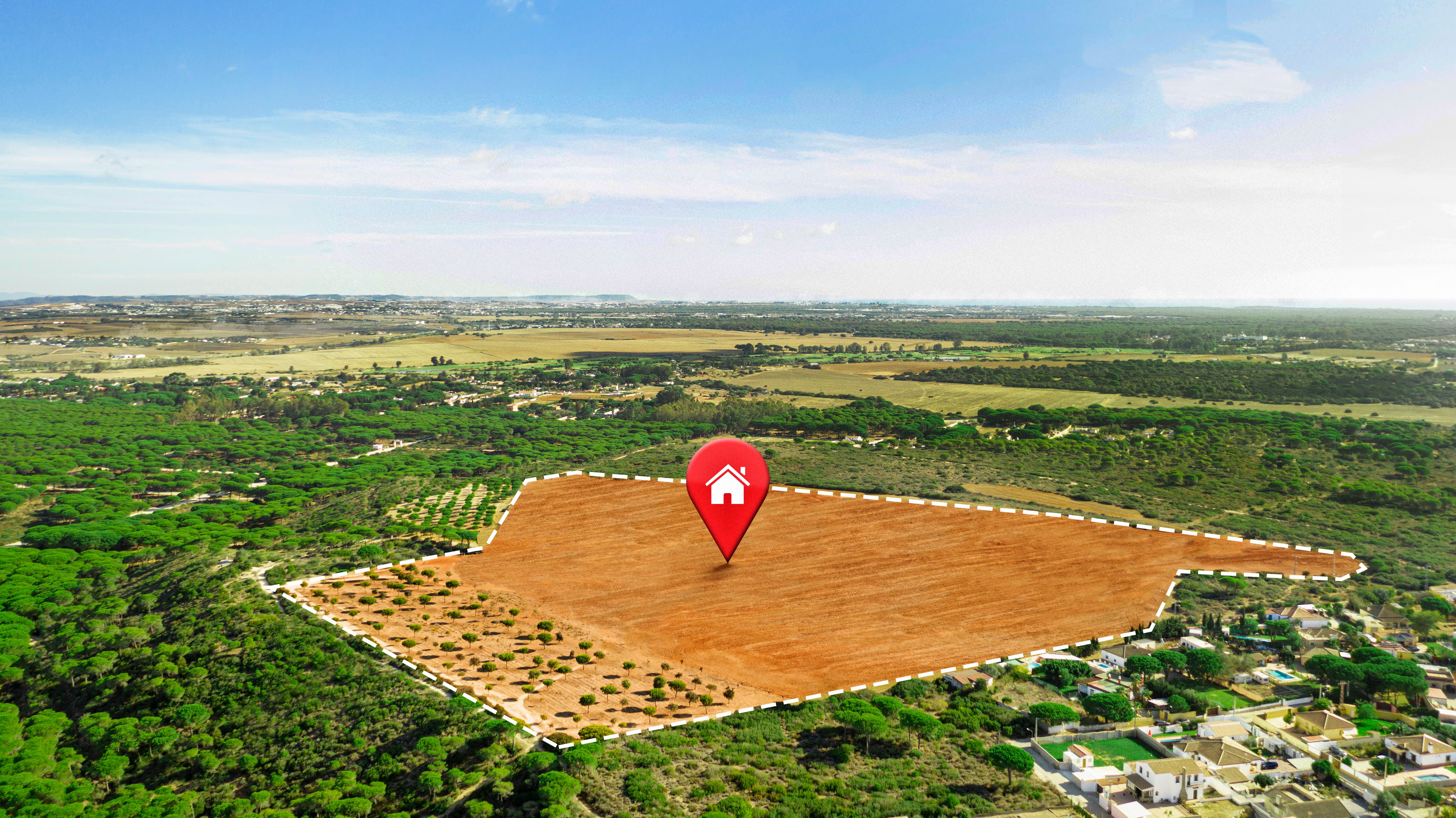Decoding Preferences: What Kind of Land Do Investors Want Today?
17 Jul 2025
For Indians, a plot of land has always been more than a means to build a home. An investment in land is seen as an inflation hedge, a rental income opportunity, and an asset for legacy planning.
For more than 59% of Indians, real estate investment is the most preferred asset class. While only 3-6% of the population participates actively in the equity market, almost everyone knows how to invest in real estate. 33% of Indian real estate investments are for returns, while the remaining are made for self-use.
Types of Land Investment Preferences:
When it comes to a real estate investment in land, there are three broad options in India.
- Residential Plots: The expanding urbanisation in India is making land investments lucrative even when made outside the typical metro areas. This includes places like Ulwe near Navi Mumbai and Jewar on the Yamuna Expressway - places that were earlier never mentioned in a real estate conversation about Mumbai and Delhi, respectively.
- Agricultural Land: Agricultural land has always held a prime spot in real estate investment, and income from agricultural land has always been tax-free. In recent years, agrotourism and homestead farming have gained significance, particularly if located in the vicinity of major cities.
- Commercial Land: Land as an investment meets commercial objectives, too, particularly with the anticipation of infrastructural developments in the area. These lands are then used to develop retail, office spaces, factories, and warehouses.
Large investments in land are often always guided by mixed-use projects that combine commercial and residential spaces. ET Prime recently reported that developers have acquired 2,355 acres of land across 23 Indian cities. This will be used to develop 194 million sq. ft. of mixed-use projects.
Recent Trends in Land Usage:
Here are a few interesting trends influencing the demand for different types of land in India.
-
Remote Working and Land: The impact of remote working on land prices has been an interesting development. From less than 1% in 2020, more than 20% of the job postings in India are now remote or hybrid. With this trend only bound to rise, we can see a reverse migration from overcrowded metros to hometowns or affordable suburbs. Of course, rapid urbanisation is also a contributing factor in this regard. This is reflected in the plotted developments in Tier-II and III cities as well as in the outskirts of metros.
-
Road to Progress: The introduction of massive infrastructural projects is redefining real estate investment preferences. The Bharatmala Project, for instance, covers 34,800 kilometres across 550 districts in 31 states in Phase I. This accelerates the progress of underserved towns and localities. With dedicated freight corridors, the commercial value of the places peripheral to the project map continues to increase. Notably, the land acquisition costs of the project went up by five times the original estimate of ₹30,000 crores.
-
Agro-Realty: The acquisition of large agriculture plots and splitting them into residential and/or commercial plots has been the mantra for many developers. However, now agricultural lands are also purchased with specific target markets in mind. Cashew and teak farms in Goa, rubber plantations across South India and pockets of North East India are examples of land’s agro-commercial potential.
A Multipurpose Asset
Investors are now looking at land as an asset capable of ticking more than one box. Land usage is no longer limited to a specific purpose. Rapid urbanisation has unlocked the previously unrecognised potential of suburban and erstwhile rural land. Infrastructural developments have attracted commercial real estate investment in areas closer to project maps. Investors and entrepreneurs now even buy agricultural land in India for lucrative cash crops and agro-tourism. For investors, there are now multiple reasons why land should be included in their portfolio.

